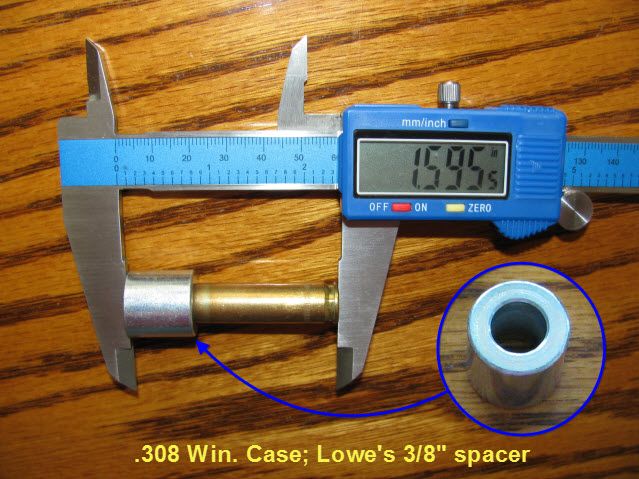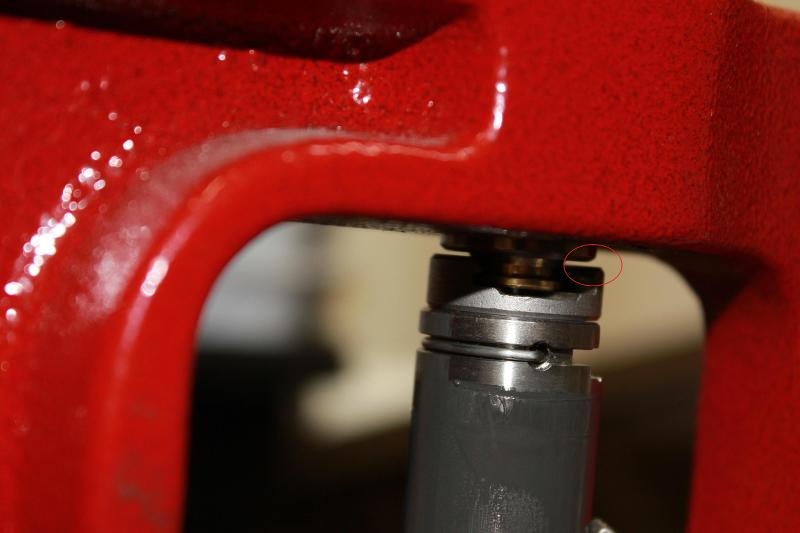Well, four days before I leave for north Texas I've got a serious issue with my 5.56 reloads. Probably something simple, but driving me crazy.
I now have 3 5.56 AR-15's. I've been rocking along for months now without a hitch. 25.3 grains of H335 over a 55 grain Hornady V-Max. VERY accurate in all guns. I've reloaded these in "batches" which has complicated my issue.
All of a sudden I started having FTF's in my favorite AR. I'd pull the trigger - the hammer would drop - but no BANG. The round would stick badly in the chamber. I'd get it out and there would not be an indentation on the primer.
First thing I did was take apart the BCG and make sure it was clean, lubed and the firing pin was OK. All good. I fired a few rounds ok and thought all was well. NOT. Tonight I load up a mag and take it out one last time to make sure it was ok. FTF - FTF. Frustrated, I brought out my Stag Arms Varminter which I've fired a bunch of these reloads through - FTF - same symptoms. Live round stuck in chamber.
In short, it's not the guns. I have done something different (and probably stupid) in the last few batches of reloads and I don't know what it is! What's weird is that even the rounds that stuck in two AR's will drop without a hitch into my .223 Thompson Contender barrel!
Measuring them doesn't reveal any differences that I can see. OAL's the same as the ones that fire yadayadayada.
Any suggestions of what I might check or do differently?
I now have 3 5.56 AR-15's. I've been rocking along for months now without a hitch. 25.3 grains of H335 over a 55 grain Hornady V-Max. VERY accurate in all guns. I've reloaded these in "batches" which has complicated my issue.
All of a sudden I started having FTF's in my favorite AR. I'd pull the trigger - the hammer would drop - but no BANG. The round would stick badly in the chamber. I'd get it out and there would not be an indentation on the primer.
First thing I did was take apart the BCG and make sure it was clean, lubed and the firing pin was OK. All good. I fired a few rounds ok and thought all was well. NOT. Tonight I load up a mag and take it out one last time to make sure it was ok. FTF - FTF. Frustrated, I brought out my Stag Arms Varminter which I've fired a bunch of these reloads through - FTF - same symptoms. Live round stuck in chamber.
In short, it's not the guns. I have done something different (and probably stupid) in the last few batches of reloads and I don't know what it is! What's weird is that even the rounds that stuck in two AR's will drop without a hitch into my .223 Thompson Contender barrel!
Measuring them doesn't reveal any differences that I can see. OAL's the same as the ones that fire yadayadayada.
Any suggestions of what I might check or do differently?





